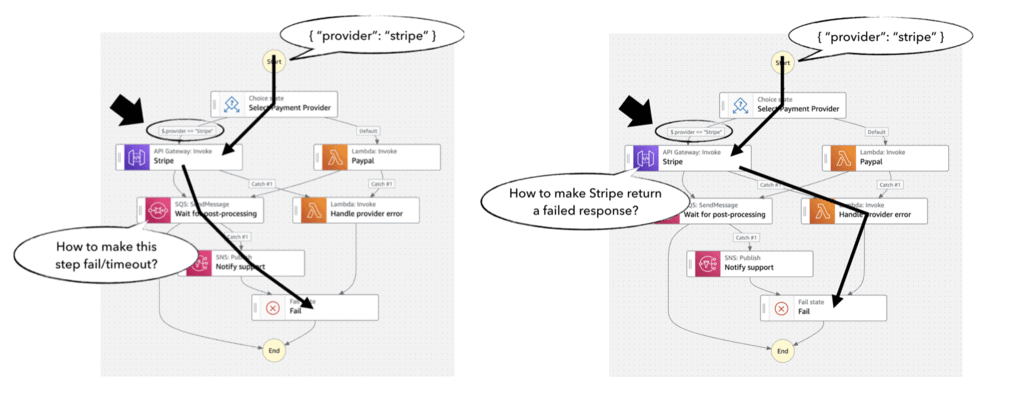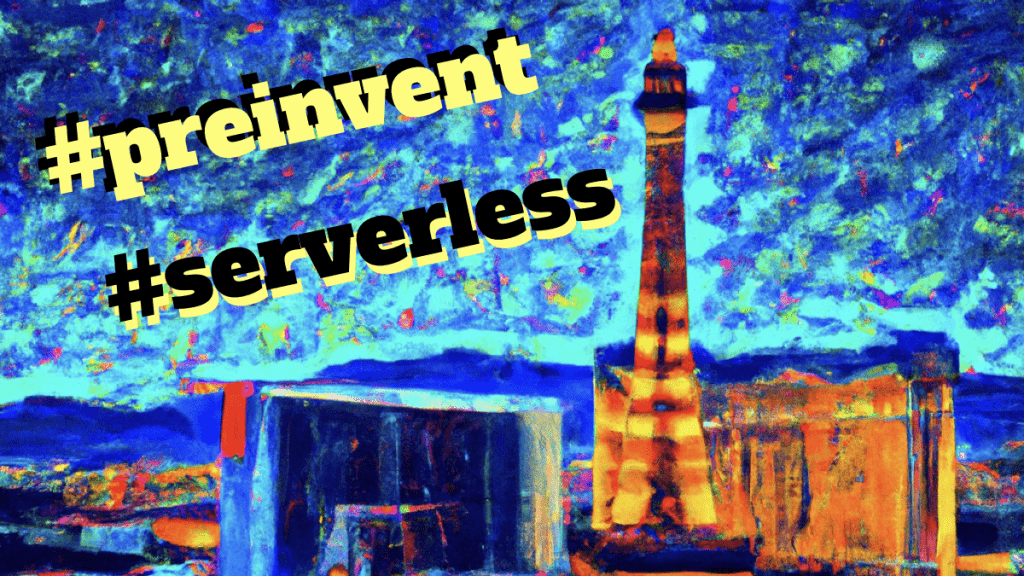Implementing Magic Links with Amazon Cognito: A Step-by-Step Guide
Last week, we looked at implementing passwordless authentication using one-time passwords (OTPs) using Cognito [1]. Another popular passwordless authentication method is magic links where: The user initiates the sign-in process by entering their email in your application. They receive an email with a time-limited URL. The user clicks on the URL and is authenticated into …
Implementing Magic Links with Amazon Cognito: A Step-by-Step Guide Read More »









